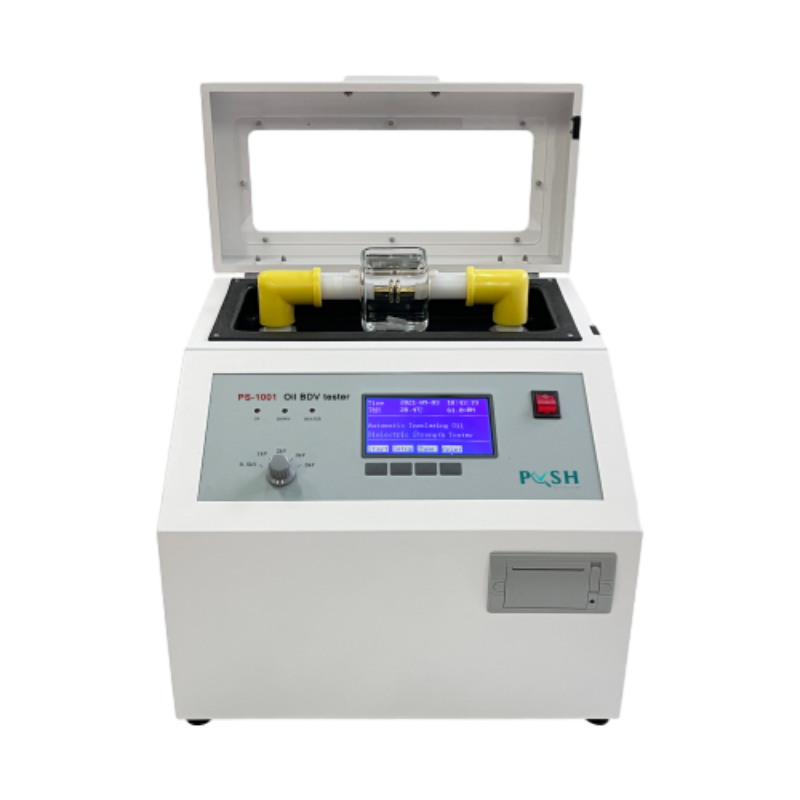 English
English



-
 Afrikaans
Afrikaans -
 Albanian
Albanian -
 Amharic
Amharic -
 Arabic
Arabic -
 Armenian
Armenian -
 Azerbaijani
Azerbaijani -
 Basque
Basque -
 Belarusian
Belarusian -
 Bengali
Bengali -
 Bosnian
Bosnian -
 Bulgarian
Bulgarian -
 Catalan
Catalan -
 Cebuano
Cebuano -
 China
China -
 China (Taiwan)
China (Taiwan) -
 Corsican
Corsican -
 Croatian
Croatian -
 Czech
Czech -
 Danish
Danish -
 Dutch
Dutch -
 English
English -
 Esperanto
Esperanto -
 Estonian
Estonian -
 Finnish
Finnish -
 French
French -
 Frisian
Frisian -
 Galician
Galician -
 Georgian
Georgian -
 German
German -
 Greek
Greek -
 Gujarati
Gujarati -
 Haitian Creole
Haitian Creole -
 hausa
hausa -
 hawaiian
hawaiian -
 Hebrew
Hebrew -
 Hindi
Hindi -
 Miao
Miao -
 Hungarian
Hungarian -
 Icelandic
Icelandic -
 igbo
igbo -
 Indonesian
Indonesian -
 irish
irish -
 Italian
Italian -
 Japanese
Japanese -
 Javanese
Javanese -
 Kannada
Kannada -
 kazakh
kazakh -
 Khmer
Khmer -
 Rwandese
Rwandese -
 Korean
Korean -
 Kurdish
Kurdish -
 Kyrgyz
Kyrgyz -
 Lao
Lao -
 Latin
Latin -
 Latvian
Latvian -
 Lithuanian
Lithuanian -
 Luxembourgish
Luxembourgish -
 Macedonian
Macedonian -
 Malgashi
Malgashi -
 Malay
Malay -
 Malayalam
Malayalam -
 Maltese
Maltese -
 Maori
Maori -
 Marathi
Marathi -
 Mongolian
Mongolian -
 Myanmar
Myanmar -
 Nepali
Nepali -
 Norwegian
Norwegian -
 Norwegian
Norwegian -
 Occitan
Occitan -
 Pashto
Pashto -
 Persian
Persian -
 Polish
Polish -
 Portuguese
Portuguese -
 Punjabi
Punjabi -
 Romanian
Romanian -
 Russian
Russian -
 Samoan
Samoan -
 Scottish Gaelic
Scottish Gaelic -
 Serbian
Serbian -
 Sesotho
Sesotho -
 Shona
Shona -
 Sindhi
Sindhi -
 Sinhala
Sinhala -
 Slovak
Slovak -
 Slovenian
Slovenian -
 Somali
Somali -
 Spanish
Spanish -
 Sundanese
Sundanese -
 Swahili
Swahili -
 Swedish
Swedish -
 Tagalog
Tagalog -
 Tajik
Tajik -
 Tamil
Tamil -
 Tatar
Tatar -
 Telugu
Telugu -
 Thai
Thai -
 Turkish
Turkish -
 Turkmen
Turkmen -
 Ukrainian
Ukrainian -
 Urdu
Urdu -
 Uighur
Uighur -
 Uzbek
Uzbek -
 Vietnamese
Vietnamese -
 Welsh
Welsh -
 Bantu
Bantu -
 Yiddish
Yiddish -
 Yoruba
Yoruba -
 Zulu
Zulu
Design and Functionality of a Modern Petroleum Distillation Equipment for Enhanced Fuel Processing
The Fundamentals of Petroleum Distillation Apparatus
Petroleum distillation is a crucial process in the refining of crude oil, transforming it into valuable products such as gasoline, diesel, jet fuel, and other petrochemicals. At the heart of this process is the petroleum distillation apparatus, a sophisticated system designed to separate various hydrocarbon fractions based on their boiling points. Understanding how these apparatuses work is integral not only to the oil and gas industry but also to advancements in energy production and environmental management.
The basic principle of petroleum distillation relies on the differing boiling points of hydrocarbons. When crude oil is heated in a distillation column, it vaporizes at various temperatures. As the vapor rises through the column, it cools and condenses at different heights, corresponding to specific boiling ranges. This allows for the collection of various fractions separately, each with unique properties and applications.
The main components of a petroleum distillation apparatus include the distillation column, heat exchanger, reboiler, condenser, and various collection tanks or trays. The distillation column, typically tall and cylindrical, is packed with materials that enhance surface area and facilitate the separation of vapors. The design of the column plays a vital role in its efficiency; common configurations include tray columns and packed columns, each with advantages depending on the scale and objectives of the distillation process.
Heat is supplied to the crude oil mixture in the reboiler. As the mixture reaches its boiling point, vapors rise through the column. The composition of the vapor changes as it ascends; lighter fractions tend to rise higher, while heavier fractions condense and fall back down, a process facilitated by the heat management within the column.
petroleum distillation apparatus

Cooling the vapor is where the condenser comes into play. By lowering the temperature of the vapors, the condenser allows them to return to a liquid state, which can then be collected in separate tanks. The design of the condenser is crucial, as it determines how effectively vapors are cooled and condensed, impacting the overall yield and purity of the products.
Collection tanks are strategically placed at various points along the column to gather the different fractions. Each tank can be tailored to capture specific products based on the boiling ranges, ensuring that fuel types such as kerosene, diesel, and gasoline can be harvested efficiently. The flexibility of the apparatus allows refiners to adjust operations based on market demand, environmental regulations, and resource availability.
Modern advancements in technology have led to improvements in petroleum distillation. Innovations such as computer modeling, real-time monitoring, and automation have enhanced the efficiency, safety, and environmental performance of distillation operations. Moreover, the growing emphasis on sustainability has prompted research into integrating renewable energy sources and more eco-friendly processes in traditional petroleum refining.
In conclusion, the petroleum distillation apparatus plays a pivotal role in the oil and gas industry. By leveraging the principles of thermodynamics and separation technology, these systems convert crude oil into essential products that fuel economies worldwide. As the demand for cleaner and more efficient energy solutions continues to grow, advancements in distillation technology will be critical in shaping the future of petroleum processing, enabling the industry to respond effectively to both market needs and environmental challenges. The ongoing evolution of petroleum distillation apparatus reflects a commitment to innovation, efficiency, and sustainability in a world increasingly driven by the quest for cleaner energy sources.
-
Ensuring SF₆ Gas Safety: Introducing PUSH’s Integrated SF₆ Analyzer for Dew Point, Purity, and Decomposition MonitoringNewsJul.10,2025
-
Exploring the Main Types of Industrial Endoscopes and Their Applications Across IndustriesNewsJul.04,2025
-
Testing Equipment Industry Sees Major Advancements in 2025: Smart & Precision Technologies Lead the WayNewsJun.06,2025
-
Applications of Direct Current Generators in Renewable Energy SystemsNewsJun.05,2025
-
Hipot Tester Calibration and Accuracy GuidelinesNewsJun.05,2025
-
Digital Circuit Breaker Analyzer Features and BenefitsNewsJun.05,2025



